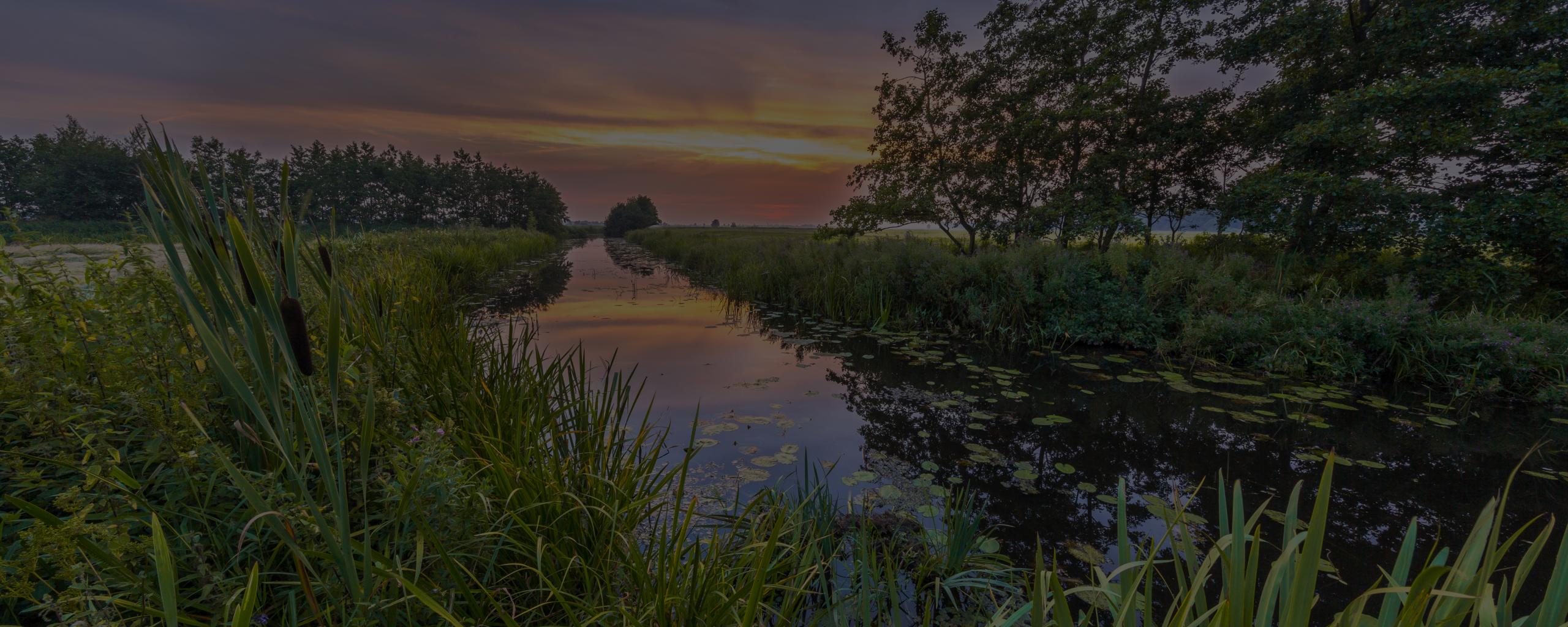The environmental vision is an integral long-term vision for the physical living environment of the municipality of Opsterland. The physical living environment is broader than just the spatial aspects. The Omgevingswet lists mandatory aspects that must be integrally reflected in an Environmental Vision. This includes, for example, the use of natural resources, activities that cause emissions, nuisance or risks and the omission of activities. Developments in the areas of cultural heritage, energy infrastructure, agriculture, landscape, environment, nature and water are also considered and described.
In terms of content, according to the Act, the environmental vision must contain at least the following elements:
- A description of the main features of the quality of the physical environment: what does the physical environment consist of and what is its quality?
- The outline of the proposed development, use, management, protection and conservation of the territory: what is happening/will happen to developments and conservation of the territory?
- The main points of the integrated policy to be implemented for the physical environment: what are the goals to be pursued and how will they be achieved?
The Environment Vision deals with the full breadth of the physical living environment as referred to in the Omgevingswet. The Environment Vision is therefore not a sum of policy visions for the various domains, but a coherent integral vision for the municipality.
In addition, the municipal environmental vision is part of a larger set of related instruments within the Omgevingswet. Frameworks for the vision are:
- The National Environmental Vision (NOVI). In it, the national government provides a long-term vision of the future development of the living environment in the Netherlands.
- The Fryslân 2020 Environmental Vision The romte diele (Provincial Environmental Vision (POVI)).
- The National Rural Area Program (NPLG). This program falls under the NOVI and is a policy program of the Ministries of Agriculture Nature and Food Quality (LNV); of Infrastructure and Water (IenW) and of the Interior and Kingdom Relations (BZK). In this program they work together with provinces, water boards, municipalities and social partners, landowners and land users to find solutions per area.
- In the Fries Programma Landelijk Gebied (FPLG) the province of Fryslân will implement the NPLG for Friesland. It will do so together with other parties such as farmers, nature organizations, entrepreneurs, residents and governments, such as the municipality of Opsterland.
- Furthermore, it is known that other parties will also prepare a vision, which may be relevant. The Wetterskip has announced that it will start work on a Water Vision (Blue Environment Vision BOVI).
Opsterland adopted the Omgevingsvisie Opsterland 2015-2030 in 2015. In fact, this is a structural vision (Spatial Planning Act), which already anticipates the Omgevingswet as much as possible. The basis of this vision is good and it was decided to update it. For the update, we used existing policy documents and new developments. And we have identified points of improvement compared to the current vision. These are:
- More integral (more cohesive);
- more complete (with especially more connection to social welfare issues);
- strategic; set clear frameworks.
In doing so, we used the matrix developed in The Frisian Approach (DFA) for guiding themes and tasks. This basis was made appropriate for Opsterland. This has led to the topics elaborated in chapters 3 and 4. The texts were created in part through integral working sessions and conversations with the municipal administration. Because an extensive participation process took place for the Environmental Vision 2015-2030 and the existing policy was also created with participation, there was no extensive participation process when the basic text was drafted. However, this first draft text was used as a basis for the "Week of the Environment Vision" held in May 2022.
Council's role in the process
The City Council was informed about the progress of the vision at several meetings. It also discussed various topics and dilemmas during the process. Points of attention included how the council wants to fulfill its role under the Omgevingswet , how participation should take shape, what aspects are important and where priorities lie.




